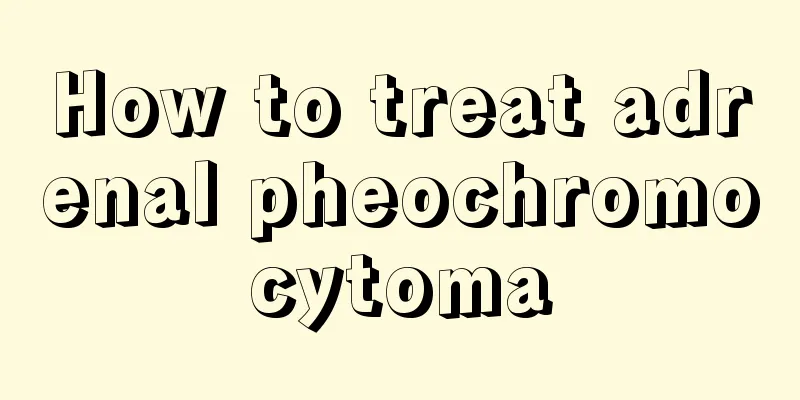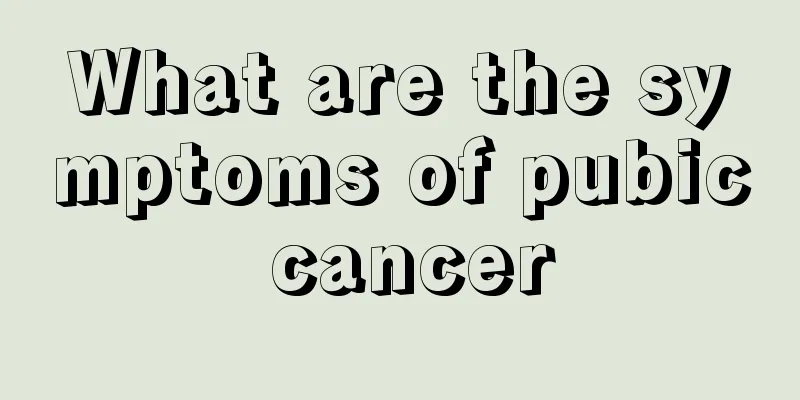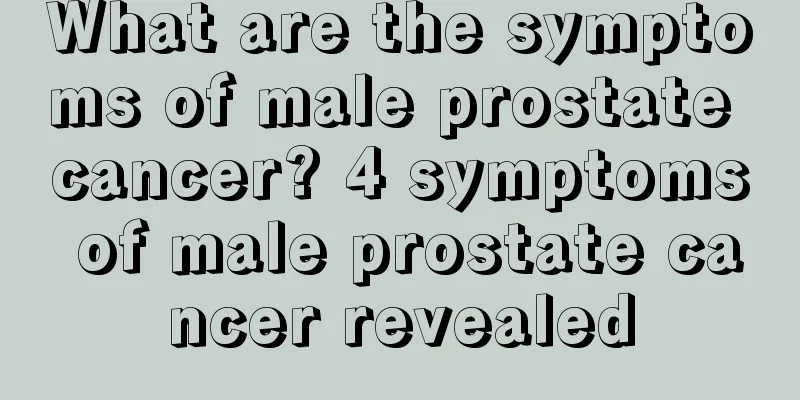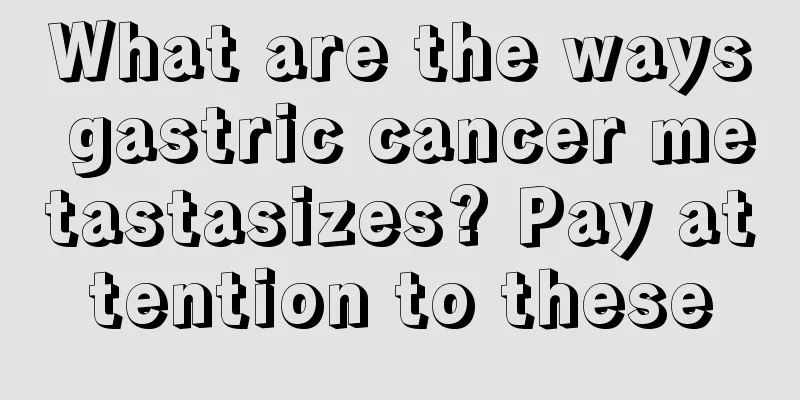How to treat adrenal pheochromocytoma

|
The harm caused by adrenergic pheochromocytoma is relatively large, especially malignant pheochromocytoma. Treatment must be carried out as soon as possible to reduce its impact, including surgical treatment, and it can also be combined with chemotherapy such as vincristine and dacarbazine. 1. Treatment of hypertensive crisis caused by pheochromocytoma The head of the bed should be elevated first, and phentolamine should be injected intravenously immediately. Observe blood pressure closely and stop injection when it drops to around 160/100 mmHg. Followed by slow drip. 2. Postoperative treatment After the tumor was removed, the patient's blood pressure dropped rapidly. If persistent hypertension persists after surgery, it may be that the tumor has not been completely removed or is accompanied by primary hypertension or renal hypertension. Catecholamines return to normal levels 7 to 10 days after surgery. Therefore, catecholamines or their metabolites should be measured 1 week after surgery to determine whether the tumor has been completely removed. For patients who cannot undergo surgery or whose malignant tumors have spread, long-term drug treatment can be used. Most tumors grow slowly. Long-term treatment with adrenergic receptor blockers and α-methyltyrosine can effectively inhibit catecholamine synthesis. 3. Treatment of malignant pheochromocytoma Malignant pheochromocytoma may recur in the retroperitoneum or metastasize to the bones, lungs, liver, etc. Recurrence may occur several years or even decades after the first surgery, requiring long-term follow-up observation. Although radiotherapy is not very effective, it is beneficial for controlling bone metastasis. Cyclophosphamide, vincristine, and dacarbazine (dacarbazine) can be used in combination for chemotherapy. 4. Management of familial pheochromocytoma Familial pheochromocytomas are often multiple or involve both adrenal glands and have a high recurrence rate. Available options include follow-up observation for small, nonfunctional tumors, adrenalectomy on the tumor side, and prophylactic bilateral adrenalectomy. Long-term corticosteroid replacement therapy should be considered after bilateral adrenalectomy. 5. Management of pheochromocytoma during pregnancy Pheochromocytoma during pregnancy is difficult to manage. Vaginal delivery without any preparation often brings great harm to the mother and baby. MRI is suitable for localization of the tumor. Once the diagnosis is made, alpha-blockers should be taken to control symptoms. If the pregnancy is in the early or middle stages, surgery should be performed immediately after adequate preoperative preparation. There is no need to terminate the pregnancy after surgery, but surgery may increase the risk of miscarriage. If the diagnosis is made late in pregnancy, cesarean section can be performed at term along with surgery for pheochromocytoma. If the fetus is not yet mature, the patient should continue to take medication and be closely monitored until surgery is appropriate. |
<<: What causes headache and eye pain?
>>: What should I do if my eyes hurt and become dry
Recommend
What should I do if the toes of my shoes rub my feet?
Many girls love beauty and often wear high heels....
Is kidney tumor kidney cancer?
Is a kidney tumor kidney cancer? Whether kidney c...
What to do if you feel irritable before your period
Women all have a few days when they feel irritabl...
How much water to drink every day
Drinking water can maintain the body's dynami...
What should I do if my shoes rub my feet?
We may have had this experience in our daily live...
Preoperative preparation for laparoscopic rectal cancer surgery
Laparoscopic rectal cancer surgery can relieve pa...
What are the fastest ways to get rid of acne
Everyone should know that it is very uncomfortabl...
What are the early symptoms of skin tumors
In my country, skin tumor is a malignant tumor wi...
Will bladder cancer in pregnant women be passed on to their babies?
Bladder cancer is a common male disease. Patients...
Six health dogmas that can be broken
There’s no need to obsess over healthy habits tha...
What are the treatments for bifurcated urine?
Bifurcated urine mostly occurs in men. Male frien...
What indicators should be looked at for blood lipids?
Many people now have high blood lipids, which is ...
What is the basis for diagnosing fibroids?
Many patients with fibroids feel unwell and go to...
Is there a cure for osteosarcoma
The harm caused by osteosarcoma is quite serious....
Beware! Skipping breakfast can lead to gallbladder cancer
In recent years, gallbladder cancer has become on...









